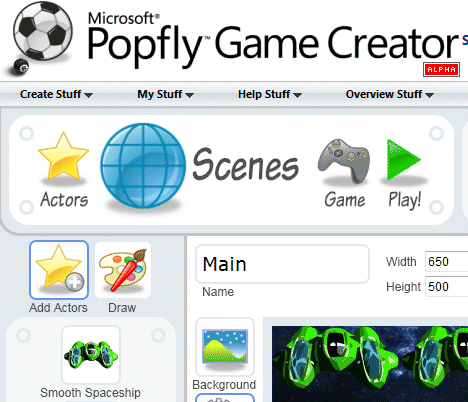Old rocker Neil Young announced at the JavaOne conference that he will issue a chronological greatest hits/archive package on a 10 disc Blu-ray set.
And here is something really new, we will be able to add content to already released Blu-ray Disc archive volumes by downloading it, whether it is music, film or vintage recording sessions, recently found photographs, or other archival materials that were located after the release of that volume. Users will be able to download any of these archival materials and they will automatically be assigned to their place in the Chronology timeline … this could potentially include content updates such as music, film, adding new photos and providing tour information. It could also provide the ability to support dynamic fan community features such as message boards, concert reviews or even enable fans to use a BD-Live donation mechanism to help support the Bridge School.
Sounds like a web site to me. There will also be a DVD set, but only Blu-ray will offer the full interactive experience, powered by Java.
Of course, Blu-ray is a handy mechanism for delivering large high-resolution audio files to the consumer; but will users take to this kind of hybrid approach? Young says we will love the sound quality; but the general public seems tolerant of almost any sound quality that is good enough; a few of us complain about iTunes music at 128kpbs, but most listeners seem happy enough.
There is a discussion on Steve Hoffman’s audiophile message board which includes many of the fans who have been waiting years for archive Neil Young material. The response is mixed:
This is cool and all, but I have to say that when it comes to music, I still want it on CD, not on any video hybrid disc. I don’t want to have to turn on my TV to listen, I want to be able to play it in my car, etc.
and this:
And now this, expecting us to buy a whole new medium just to get his archives… I don’t want to watch this stuff, I want to play it and enjoy the MUSIC, on the musical formats I already own.
It reminds me of a very cool interactive CD I have somewhere, covering Bob Dylan’s chronology; it was called Highway 61 Interactive and came out in 1995. The disk included unreleased work and a multimedia presentation covering the recording of Like a Rolling Stone. As I recall, it was not a big success, which accounts for why it was not followed by similar titles for other artists. Now it is sought-after by collectors, but not that easy to play; it uses Quicktime but thirteen years later there are compatibility issues.
I will look forward to Neil Young’s set, if I can afford it, but it will be a niche item, and most people will buy his old hits on CD or download.
